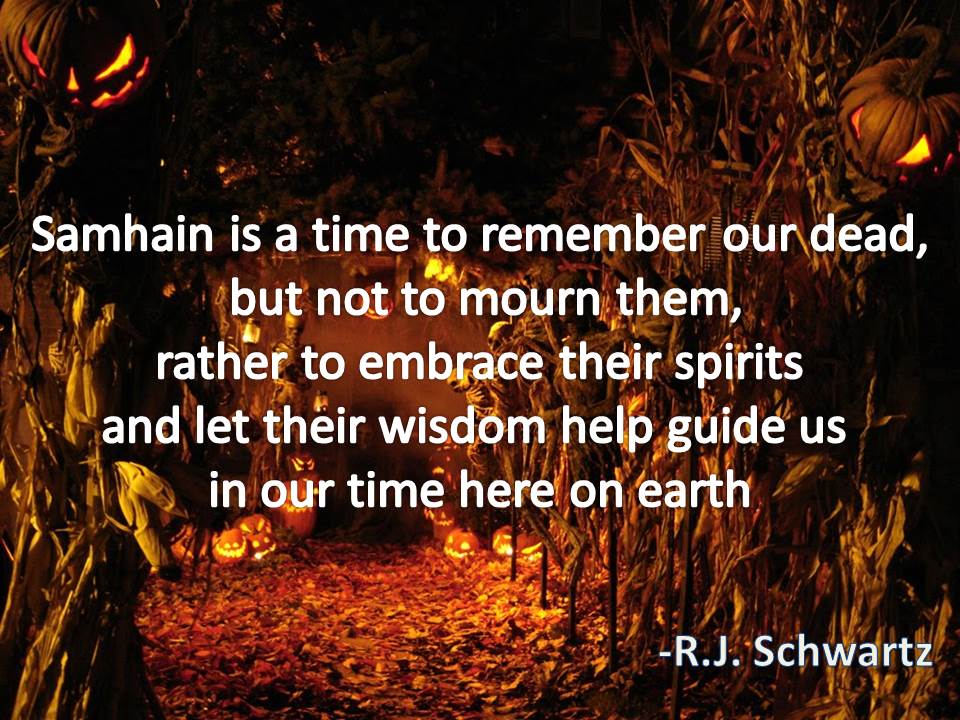
Dear Friends,
Halloween is just around the corner, and here is its origins.
“Ancient Celts marked Samhain as the most significant of the four quarterly fire festivals, taking place at the midpoint between the fall equinox and the winter solstice. During this time of year, hearth fires in family homes were left to burn out while the harvest was gathered.
After the harvest work was complete, celebrants joined with Druid priests to light a community fire using a wheel that would cause friction and spark flames. The wheel was considered a representation of the sun and used along with prayers. Participants took a flame from the communal bonfire back to their home to relight the hearth.
Early texts present Samhain as a mandatory celebration lasting three days and three nights where the community was required to show themselves to local kings or chieftains.
Because the Celts believed that the barrier between worlds was breachable during Samhain, they prepared offerings that were left outside villages and fields for fairies, or Sidhs (supernatural beings).
As Christianity gained a foothold in pagan communities, church leaders attempted to reframe Samhain as a Christian celebration. In the 9th century, Pope Gregory moved the celebration back to the time of the fire festivals, but declared it All Saints’ Day, on November 1. All Souls’ Day would follow on November 2.
Neither new holiday did away with the pagan aspects of the celebration. October 31 became known as All Hallows Eve, or Halloween, and contained much of the traditional pagan practices before being adopted in 19th-century America through Irish immigrants bringing their traditions across the ocean.
Trick-or-treating is said to have been derived from ancient Irish and Scottish practices in the nights leading up to Samhain. In Ireland, mumming was the practice of putting on costumes, going door-to-door and singing songs to the dead. Cakes were given as payment.
Halloween pranks also have a tradition in Samhain, though in the ancient celebration, tricks were typically blamed on fairies.
A broad revival of Samhain resembling its traditional pagan form began in the 1980s with the growing popularity of Wicca.
Wicca celebration of Samhain takes on many forms, from the traditional fire ceremonies to celebrations that embrace many aspects of modern Halloween, as well as activities related to honoring nature or ancestors.
Wiccans look at Samhain as the passing of the year, and incorporate common Wiccan traditions into the celebration.
In the Druid tradition, Samhain celebrates the dead with a festival on October 31 and usually features a bonfire and communion with the dead. American pagans often hold music and dance celebrations called Witches’ Balls in proximity to Samhain.”
https://www.history.com/topics/holidays/samhain
Blessings, Abigail and Steve
